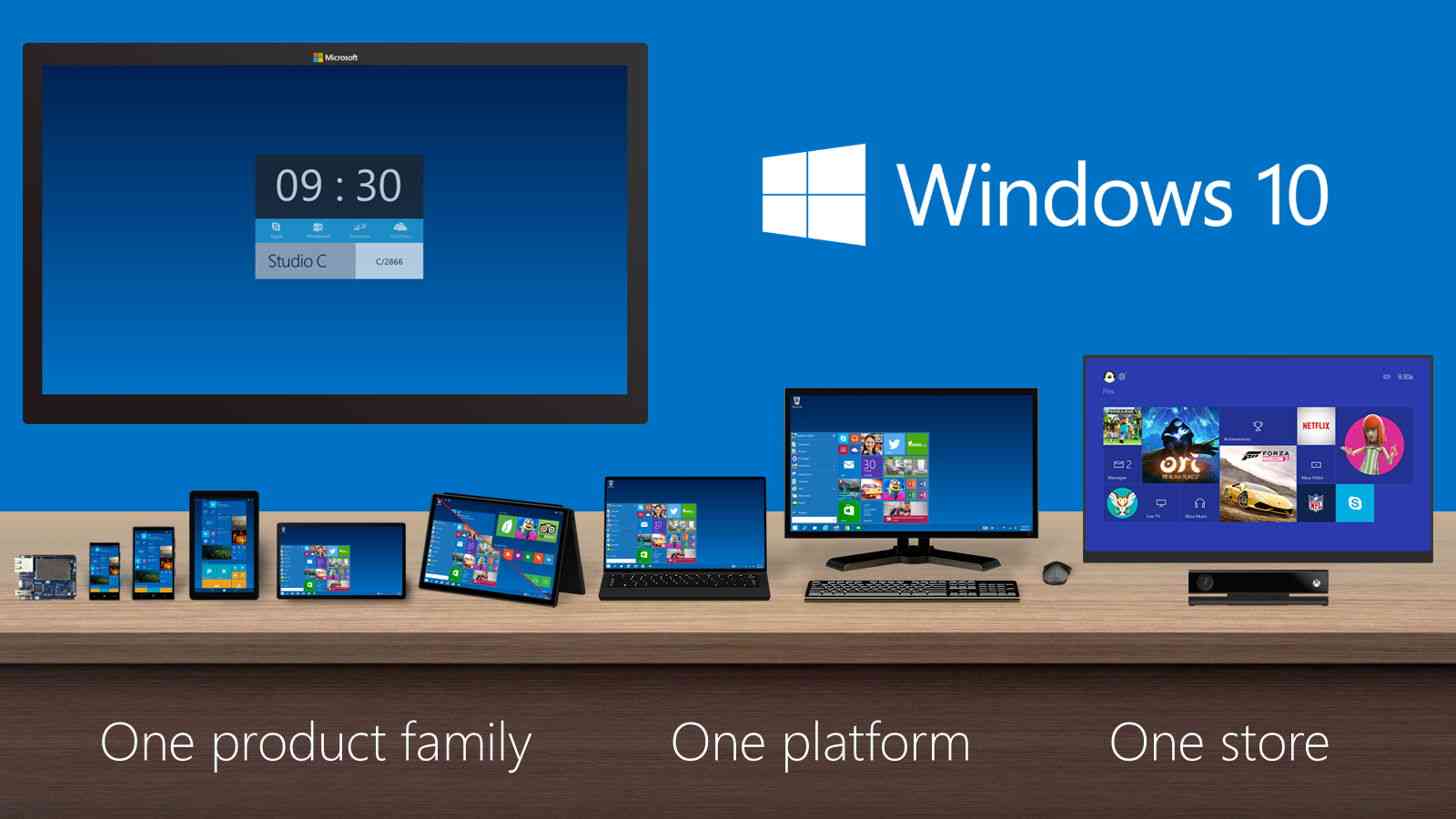
If you are among the tens of millions of users who have recently installed Windows 10 on their PC, you’re probably (hopefully) one happy camper right now. After Microsoft officially released the highly anticipated operating system last Wednesday, overwhelmingly positive feedback has surfaced about the update. As a Windows user myself, I have to admit that I’m feeling pretty good about Windows 10 so far. The OS is faster, looks better, and is an overall better experience in my opinion.
Given how well received Windows 10 is less than a week after its release, I have high hopes that Windows 10 Mobile has a big chance at success as well – and I’m already starting to see hype build up around the mobile revamp, which is a great sign.
Honestly, I think as long as Microsoft can take care of the dreaded app gap that has been plaguing Windows Phone for so long, everything else will fall into place. As far as design and performance goes, I’ve always thought that Microsoft did an exceptional job with Windows Phone. The fact that Windows Phone (8 and 8.1, at least – I never did own a Windows Phone 7 device) has the ability to operate quite well under minimal spec effort has always been a positive thing, as this allows Windows Phones to be priced quite reasonably. The minimalistic design has also been a key factor in what makes Windows Phone a valuable asset to the smartphone industry. Put a BlackBerry 10, Android, and iOS device next to one another and it’s easy to tell that each of these operating systems have similar designs when it comes to their UI. Windows Phone, on the other hand, is something else entirely – and although it’s minimalistic, it has always looked good to me (although that’s purely a matter of opinion).
That app gap, though, has always been Windows Phone’s weakest point – a point that Microsoft is determined to fix with Windows 10 Mobile. Microsoft strives to unify the Windows 10 experience across all Windows devices. By providing tools for developers to build Windows 10 apps from previously coded Android, iOS, and web apps with “minimal code modifications”, developers have more incentive to include Windows 10 in their list of supported operating systems. Less work for (hopefully) more money? Sounds like a pretty sweet deal, one that hopefully works to fix the problem.
As long as that app gap is fixed, I’m ready to make the switch to Windows 10 Mobile later this year. I’ve always been a big fan of the Windows Phone design and performance, but the need to constantly research which third party apps worked best and constantly having to find some alternative to a service I was already using was too much for me.
My other big issue with Windows Phone was trying to adapt to life without Google Services via official Google Apps, which is a problem that I’m not sure will ever be fixed for Windows on mobile. I think I’ve gotten to a point in my life where I don’t actually need Google’s services on my smartphone, and would be willing to consider the Microsoft alternative. Whether that works for everybody else who rely on Google Apps or not is a question that can only be answered with time.
It’s an exciting year for Microsoft, without question. Windows 10 took off without a hitch, and I sincerely hope that Windows 10 Mobile receives the same positive reception later this year. The preview builds have all seemed promising, so as long as developers actually feel like Windows 10 Mobile will be worth the effort I think we will finally have a third mobile platform start gaining market share again.